Here in the northwestern section of Arizona the desert landscape lacks color or variety. Joshua trees and cacti are everywhere. But come spring, as with all flowers and plants, bits of color begin to sprout up on the tips of cactus or creeping close to the ground. Even the Joshuas display big yellow blooms with the right weather conditions. Flowering usually begins in late March, continues through summer and comes to an end late September. I've been photographing the native flora then researching for information and identification. Some photos I haven't identified, it'll just take some time.

Desert Wildflowers and Cacti
by candy47
Desert wildflowers thrive in a hot, dry climate and add bursts of color to a landscape that changes only minimally with the seasons
Photos by Candy Dorsey ©2016 All Rights Reserved
Do not copy or remove.
Paperflower and Cooper's Paperflower
Both of the Sunflower family the Paperflower and Cooper's Paperflower grow in low, round bushes with thin tangled branches. Both have bright yellow flowers, 3 to 5 petals on the Paperflower and a varying numbers of petals on the Cooper's. They both have a nice aroma all summer long.
Catclaw Acacia
There are several species of Acacia in Arizona, the Catclaw is a member of the pea family. The Catclaw's are a bush or small tree with pods resembling peapods. It gets its name from the curved claws on the branches, they will rip your clothing and flesh so a great deal of care should be taken when in the vicinity of a Catclaw Acacia.
Creosote
The creosote is believed to be the oldest living plant, over 11,000 years old. They don't grow very big at 10 feet being their maximum. They have a lot of spiny branches and in blooming season it shows off a lovely yellow flower and a very pleasant aroma. Creosotes attract bees, and I have lots of them on my property.
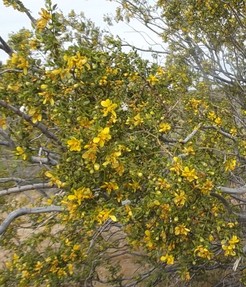
Desert Four O'Clock
These grow close to the ground but not like a creeper, the leaves protrude up so they almost resemble a bush. The flowers are lavender to purple bell-shaped cups, no separate petals. They open up when the sun is almost directly overhead, then the blooms close in the evening repeating each day. I usually see them from April to September.
Strawberry Hedgehog
It bears fruit
The Strawberry Hedgehog are quite common, I have several on my property. The flowers are a deep magenta color with green centers. They grow wide, I have a few that are about 3 feet wide and about 2 feet tall. They produce a sugary fruit that tastes like strawberries, at least that's what I've been told. I haven't gotten the courage to eat one yet!
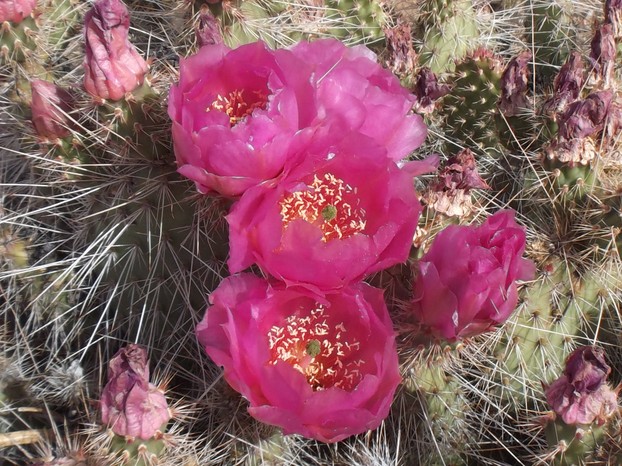 Strawberry Hedgehog |
Joshua Tree
A member of the Agave family the Joshua tree, or yucca palm, can grow to 30 feet tall with a trunk about 3 feet in diameter. They are usually oddly shaped with the branches twisting and turning in different directions giving the appearance of a cartoon character. If the weather has been agreeable, the Joshua will bloom with big yellow flowers.
Needleleaf Dogweed
The Needleleaf Dogweeds are everywhere! Member of the Sunflower family, they have usually 8 yellow petals and a darker yellow center disk. They don't grow like a sunflower though, they are a low round bush with a lot of branches. I've seen them as early as March and right on through to October.
Desert Globemallow
I don't see too many of these, I have only one on my property. These will grow to 40 inches tall – mine is only about 18 inches. The Desert Globemallow can bloom year-round depending on weather conditions. As you can see the petals on this one are bright orange, although they could be white, pink, red or purple too.
Prostrate Vervain
These are tiny lavender to purple flowers growing close to the ground and spreading out like creepers. I think they are so cute the way they form small almost perfect circles. They can be seen from May to September but you have to look for them, they don't stand out. Looking at the ground while walking in the desert is a good idea anyway.
Rainbow Cactus
Rainbow cactus grow only to about one foot tall on one single column with one to four flowers on top. The flowers are magenta while the spines on the column are alternating bands of muted red and white. This is the only one I have found during all my hiking through the desert.
Sacred Datura
The Sacred Datura can be seen alongside the road as well as deeper into the desert. They sometimes grow to 4 feet high. The flowers are trumpet shaped without individual petals, about 6 inches long. The blooms are white with a tinge of lavender. All parts are extremely poisonous to humans and animals if ingested. Native Americans used ground up Sacred Datura as an anesthetic prior to surgery.
You might also like
Birds of the DesertSo many different types of birds call the desert their home. I enjoy watchin...
Animals in the YardA glimpse of the Arizona desert wildlife and not so wild life, that I see fro...
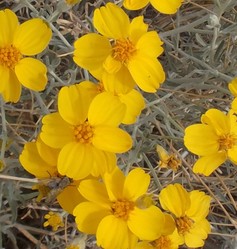

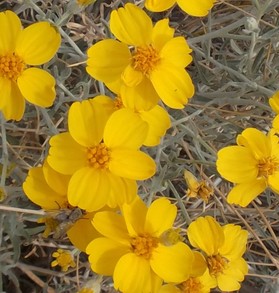
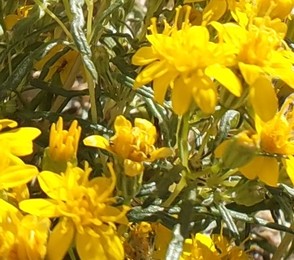
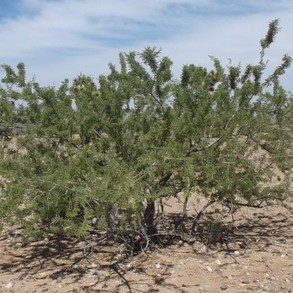
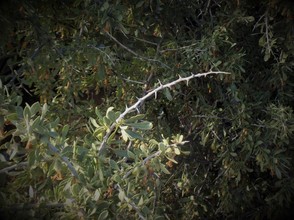
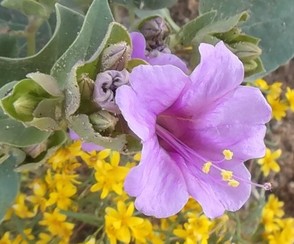




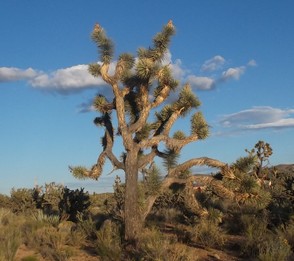
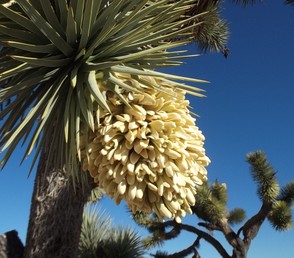
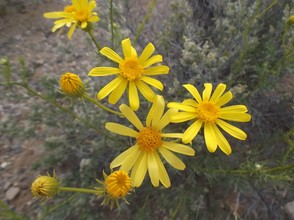
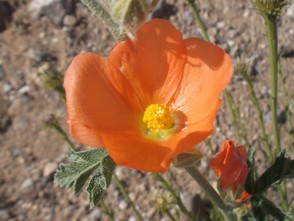
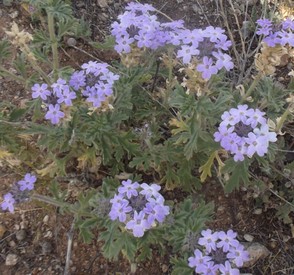
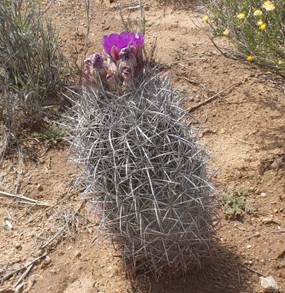
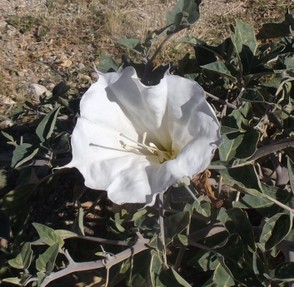


 Benefits of Bee Propolison 10/19/2016
Benefits of Bee Propolison 10/19/2016
 Legend of the Dreamcatcheron 10/15/2016
Legend of the Dreamcatcheron 10/15/2016
 The Pioneer Woman - From Blog to TV Serieson 09/05/2016
The Pioneer Woman - From Blog to TV Serieson 09/05/2016
 Coloring Books for Grown-upson 08/29/2016
Coloring Books for Grown-upson 08/29/2016

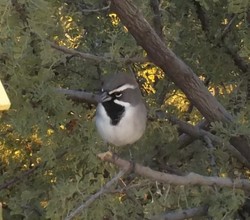
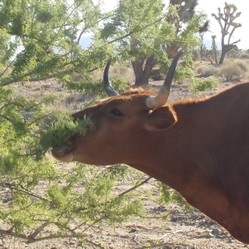
Please Leave a Comment - Your comment won't show up right away, it might take a day or two
Yes Frank the strawberry hedgehog is a cactus. I don't know for sure if cows eat the fruit, I've never seen them eating it. Take a look at the animals in my yard... https://wizzley.com/animals-in-the-yard/
I never associated the desert where you live with rabbits, but it make sense, they get everywhere and love the Australian dry lands, so why not Arizona as well? I never knew that cows ate fruit, but they are herbivores. Am I right in believing that the strawberry hedgehog is a kind of cactus?
Rabbits Frank. Lots of rabbits. Possibly cows too, they roam freely around here and I see them eating vegetation of all kinds.
For desert plant to spend much essential water and nourishment to produce fruit indicates that it wants the fruit to be eaten, for this is its reproductive strategy, so what creatures eat the fruit of the strawberry hedgehog?
Oh yes DerdriuMarriner, if I eat one I'll let everyone know!
candy47, Thank you for sharing the desert colors!
Will you be writing your experience up if you do get around to sampling strawberry hedgehogs? I enjoy the wild strawberry that grows as alternative ground cover here: the fruits are smaller than garden-grown or store-bought, but tasty, particularly with wild blackberries, blueberries, elderberries and raspberries.
Thank you blackspanielgallery. I see what you mean about the globemallow.
Nice presentation. I must say I particularly like the globemallow image. And, from its appearance I read too fast and thought I read glovemallow, which would fit the image of a baseball glove.
Thank you jptanabe. There are so many more I'll be adding to the article.
Thank you so much for your kind words Frank. I enjoy walking and photographing what I see along the way.